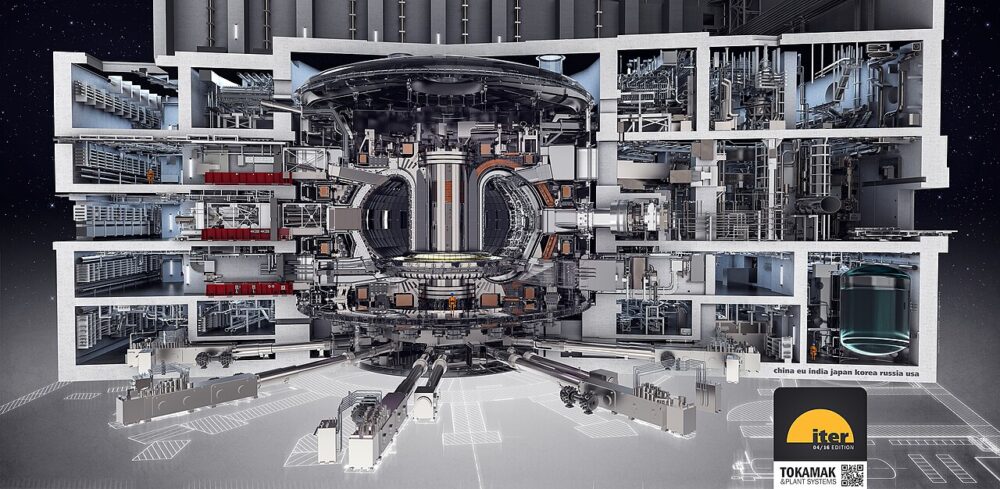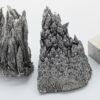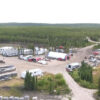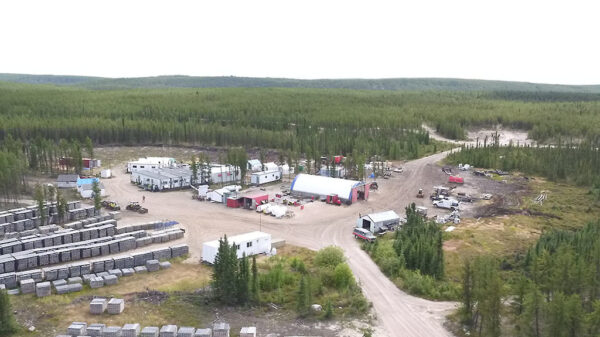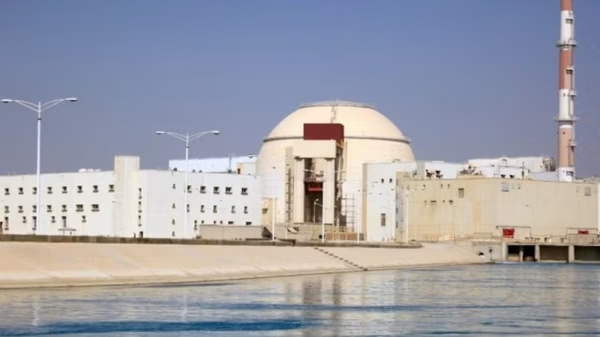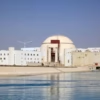Scientists in the United States are exploring a groundbreaking method to recycle nuclear waste to produce tritium, a rare form of hydrogen essential for nuclear fusion.
The announcement was made in a Monday press release ahead of the American Chemical Society (ACS) Fall Meeting.
Unlike current nuclear power, which relies on fission, fusion promises almost emission-free energy. By fusing two atoms together, fusion releases immense heat that can drive generators, potentially supplying vast amounts of electricity. In theory, fusion is one of the cleanest energy sources known.
Current nuclear power plants generate energy through fission, splitting atoms to release heat. However, this process creates large amounts of radioactive waste, which remains hazardous for years. Fusion, the same process that powers the stars, produces minimal radioactive byproducts. Scientists are now working to harness this technology while addressing one key challenge: tritium.
Fusion relies on the combination of deuterium and tritium. Deuterium is abundant, but the United States faces a significant tritium shortage.
“Right now, the value of commercial tritium is about $$15 million per pound, and the U.S. doesn’t have any domestic capability to create it,” says Terence Tarnowsky, a physicist at Los Alamos National Laboratory (LANL). Tritium exists naturally in the upper atmosphere, and major commercial production comes from Canadian reactors. Globally, the total tritium supply is estimated at 55 plus or minus 31 pounds.
Read more: UK nuclear site set for revival as fusion fuel and medical isotope hub
Read more: Japan launches new experimental nuclear fusion reactor
The accelerator allows operators to turn reactions on or off
Tarnowsky notes that 55 pounds could power more than 500,000 homes for six months, more than the number of residential units in Washington, D.C. Meanwhile, the U.S. stores thousands of tons of radioactive nuclear waste from commercial reactors. These materials require expensive, long-term containment. The situation presented a unique opportunity: could this waste generate valuable tritium?
To explore this, Tarnowsky ran multiple computer simulations of potential tritium reactors.
The designs rely on a particle accelerator to initiate atom-splitting reactions in nuclear waste. As atoms divide, they release neutrons and eventually produce tritium through a series of nuclear transitions. The accelerator allows operators to turn reactions on or off, making the process safer than traditional chain reactions in nuclear plants.
According to Tarnowsky’s estimates, a theoretical reactor producing 1 GW of energy could generate about 4.4 pounds of tritium annually. This output is over ten times the tritium production of a fusion reactor operating at the same thermal power.
In addition to the particle accelerator approach, Tarnowsky intends to model a reactor that surrounds nuclear waste with molten lithium salt.
Many companies worldwide are competing to build the first commercial fusion power plant. If Tarnowsky’s reactor becomes operational, it could supply tritium to these plants, supporting a lower-emission energy transition. The research receives funding from Los Alamos National Laboratory and the National Nuclear Security Administration.
Tarnowsky will present his findings at the American Chemical Society (ACS) Fall Meeting, scheduled from August 17 to 21. The work could mark a major step toward making nuclear fusion practical, affordable, and safer while turning hazardous nuclear waste into a valuable resource.
.
joseph@mugglehead.com

